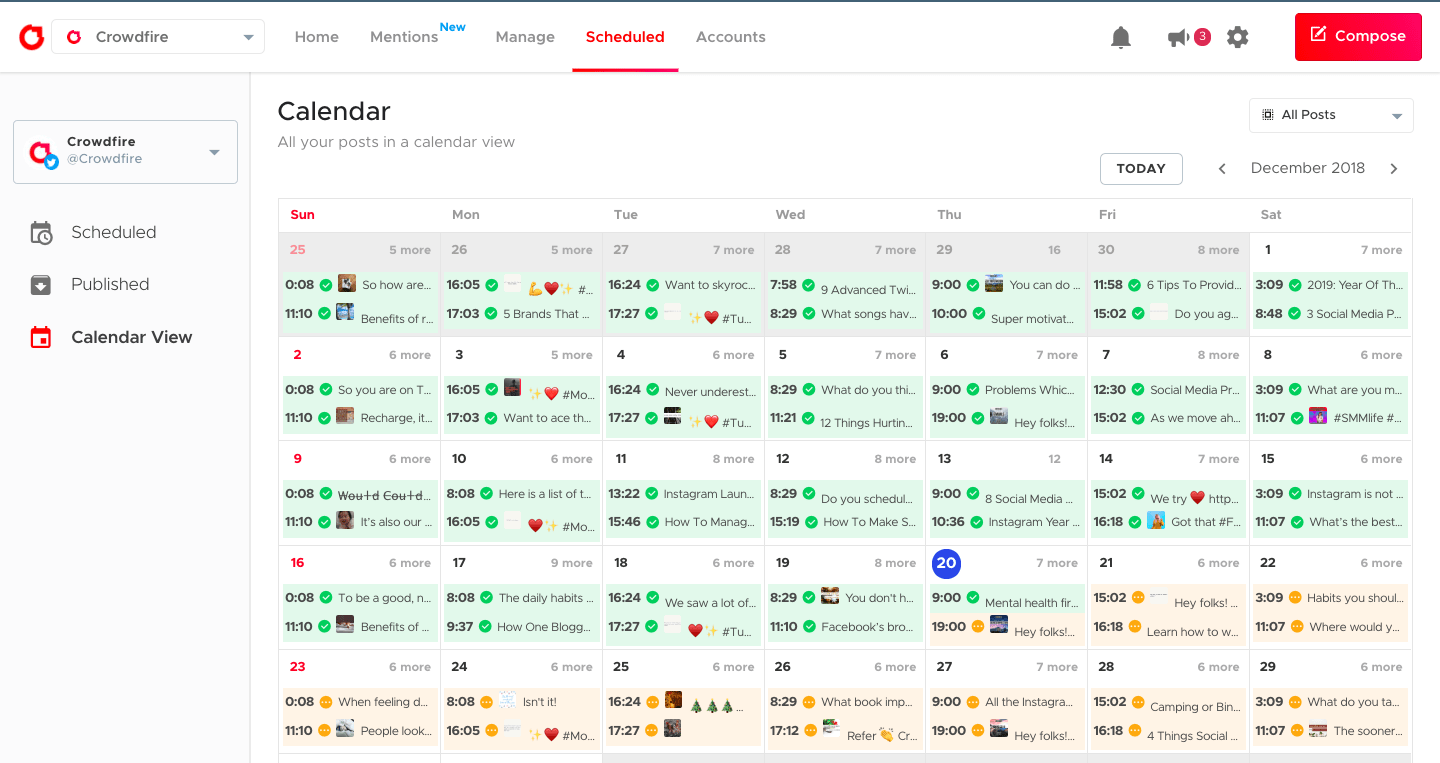AI Sentiment Analysis for Social Media: Unlocking Insights
In today’s interconnected world, AI sentiment analysis for social media has emerged as a powerful tool for businesses and organizations striving to connect with their audience. This innovative application of artificial intelligence allows for better understanding of public perception, providing insights that can guide marketing strategies, product development, and customer engagement.
Understanding AI Sentiment Analysis

Sentiment analysis is a fundamental area of research within the realm of natural language processing (NLP), where the focus is on determining the emotional tone behind a series of words.
Definition and Overview of Sentiment Analysis
At its core, sentiment analysis involves the use of algorithms to classify text – be it positive, negative, or neutral. It seeks to comprehend the subjectivity of the text, not merely the content itself. The rise of digitized communication has led to an exponential growth of text-based data, particularly in social media environments. Consequently, sentiment analysis has evolved into a critical means of deciphering this vast amount of information.
The practice began with simple keyword matching; however, technological advancements have allowed for more nuanced approaches. Nowadays, sophisticated algorithms capable of understanding context and semantics are deployed. These systems analyze various factors including word choice, sentence structure, and even punctuation to gauge a user’s emotional state or attitude.
Importance of Sentiment Analysis in the Digital Age
In an era where conversations increasingly occur online, understanding sentiment has become vital for brands seeking to build relationships with their customers. The immediacy and volume of feedback available through platforms like Twitter, Facebook, and Instagram create a double-edged sword – while they empower organizations to gather real-time insights, they also pose challenges in managing brand reputation.
Through AI sentiment analysis, businesses can swiftly identify trends among consumer sentiments, allowing for agile responses to potential crises or opportunities. Moreover, aggregating sentiment data enables companies to refine their products and services based on user feedback, leading to overall enhanced customer satisfaction.
How AI Enhances Traditional Sentiment Analysis Techniques
Traditional methods of sentiment analysis often struggled with ambiguity and complexity inherent in human language. AI has transformed this landscape by introducing machine learning techniques that analyze vast datasets far beyond what a manual approach could achieve.
Machine learning systems are trained using labeled datasets, allowing them to learn from examples and improve over time. This capability allows for detection of subtle sentiments – including mixed feelings – that conventional models may overlook. Additionally, AI can continuously adapt to changes in language usage, slang, and cultural references, ensuring relevance in sentiment interpretation.
The integration of deep learning technologies, such as recurrent neural networks (RNNs) and transformers, further advances sentiment detection by imbuing models with a greater understanding of context and relationships within the text. As a result, businesses leveraging AI sentiment analysis benefit from unparalleled insights, enabling them to stay relevant in the fast-paced digital landscape.
GoHighLevel leverages AI-powered sentiment analysis to provide valuable insights into your social media interactions. By analyzing customer feedback, comments, and messages, GoHighLevel helps you understand how your audience feels about your brand. This data allows you to tailor your marketing strategies, improve customer engagement, and make informed decisions, ultimately enhancing your social media presence.
The Role of Social Media in Sentiment Analysis
Social media serves as an expansive minefield of opinions, sentiments, and experiences shared by individuals worldwide. Its role in sentiment analysis cannot be overstated.
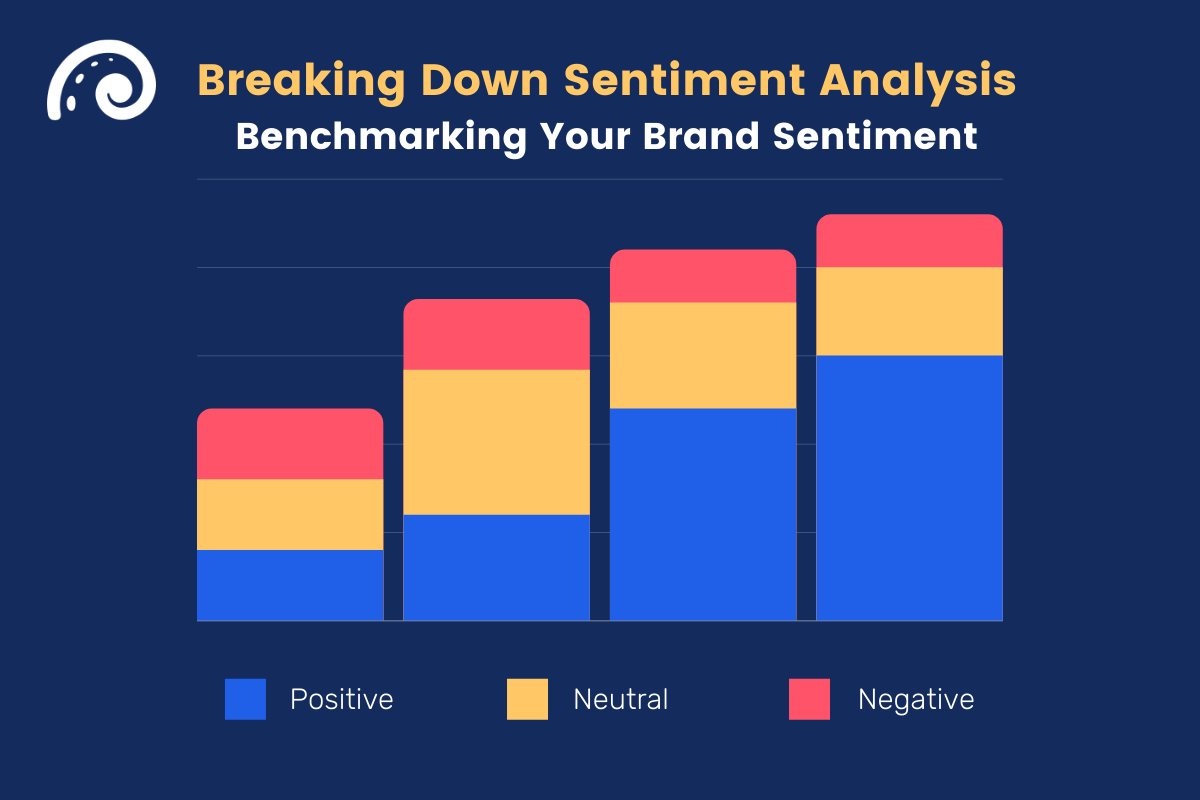
The Proliferation of Social Media Platforms
As of recent years, social media platforms have proliferated, creating diverse spaces for conversation, interaction, and expression. From traditional giants like Facebook and Twitter to visuals-centric platforms like Instagram and TikTok, each offers unique opportunities for gathering sentiment data.
For businesses, social media is not just a channel for advertising; it’s a channel for listening. Through AI sentiment analysis, companies can track brand mentions and hashtags across multiple platforms, unraveling how people feel about their products or services at any given moment. Each platform has its own vernacular and user behavior, which necessitates tailored approaches to ensure accurate sentiment interpretation.
User-Generated Content: Opportunities and Challenges
User-generated content represents a goldmine for businesses eager to harness the voice of the customer. Reviews, comments, and posts provide authentic insights, reflecting genuine consumer sentiments. The challenge lies in sifting through massive volumes of user interactions to extract meaningful insights.
AI sentiment analysis excels in addressing this challenge by automating content categorization, detecting patterns, and providing overarching narratives. However, businesses must remain cognizant of the potential biases present in user-generated content, which may skew sentiment results. Combining these insights with other analytical methods – such as surveys or focus groups – can mitigate these risks.
Case Studies: Real-World Applications of Sentiment Analysis on Social Media
Numerous companies have successfully implemented AI sentiment analysis on social media, transforming customer feedback into actionable strategies. For instance, a popular beverage company utilized sentiment analysis to monitor reactions to a new product launch. By analyzing sentiments across social media conversations, they were able to quickly identify both positive excitement and pockets of criticism. Armed with this knowledge, they adapted their marketing strategy and product features, ultimately leading to a successful outcome.
Another impressive case comes from the entertainment industry, where film studios leverage sentiment analysis during movie promotions. By gauging audience emotions towards trailers and teasers, they can fine-tune their promotional campaigns and drive audience engagement effectively.
These cases illustrate how AI sentiment analysis empowers businesses to navigate the complexities of social media landscapes, allowing them to respond proactively to consumer needs and preferences.
AI Technologies Used in Sentiment Analysis
To delve deeper into the mechanics of sentiment analysis, it’s essential to explore the underlying AI technologies that make it possible.
Natural Language Processing (NLP) Fundamentals
Natural Language Processing is the backbone of sentiment analysis, providing the necessary frameworks for analyzing human language. At its essence, NLP combines linguistics and computer science to understand and manipulate human language in a way that is both meaningful and relevant.
Key tasks within NLP include tokenization (breaking text into individual words or phrases), part-of-speech tagging (identifying grammatical elements), and named entity recognition (detecting specific entities like names or locations). By breaking down text into manageable components, NLP sets the stage for subsequent sentiment evaluation.
Advanced NLP techniques, like sentiment lexicons and contextual embeddings, equip AI models with the ability to discern nuances in language. This foundational technology forms the bedrock upon which sophisticated sentiment analysis systems operate.
Machine Learning Algorithms for Sentiment Detection
Machine learning plays a pivotal role in enhancing sentiment analysis capabilities. Various algorithms, ranging from supervised to unsupervised learning, contribute to the efficacy of sentiment detection.
Supervised learning relies on labeled datasets containing pre-classified sentiments. Algorithms such as Support Vector Machines (SVM) and logistic regression leverage these labels to learn patterns and make predictions on unseen data. Conversely, unsupervised learning methods, like clustering and topic modeling, discover hidden structures in unlabeled data without prior guidance.
An exciting trend within machine learning is the increasing adoption of ensemble methods, which combine multiple models to enhance predictive accuracy. By integrating different approaches, businesses can achieve more reliable sentiment classification, capturing the true essence of consumer opinions.
Deep Learning Approaches: Neural Networks and Their Applications
The advent of deep learning has revolutionized sentiment analysis, offering a level of sophistication previously unattainable. Deep learning models, particularly those utilizing neural networks, can automatically learn hierarchical representations of text data.
One notable architecture is the Long Short-Term Memory (LSTM) network, adept at handling sequential data with long-range dependencies. LSTMs excel in understanding context and managing the intricacies of human language – making them ideal for sentiment analysis.
Additionally, transformer models like BERT (Bidirectional Encoder Representations from Transformers) have gained prominence due to their ability to understand contextual relationships within text. By pre-training on vast volumes of text data, these models exhibit remarkable performance on sentiment analysis tasks. Businesses adopting deep learning technologies are poised to gain a competitive edge in extracting insights from complex social media content.
Implementing AI Sentiment Analysis for Businesses
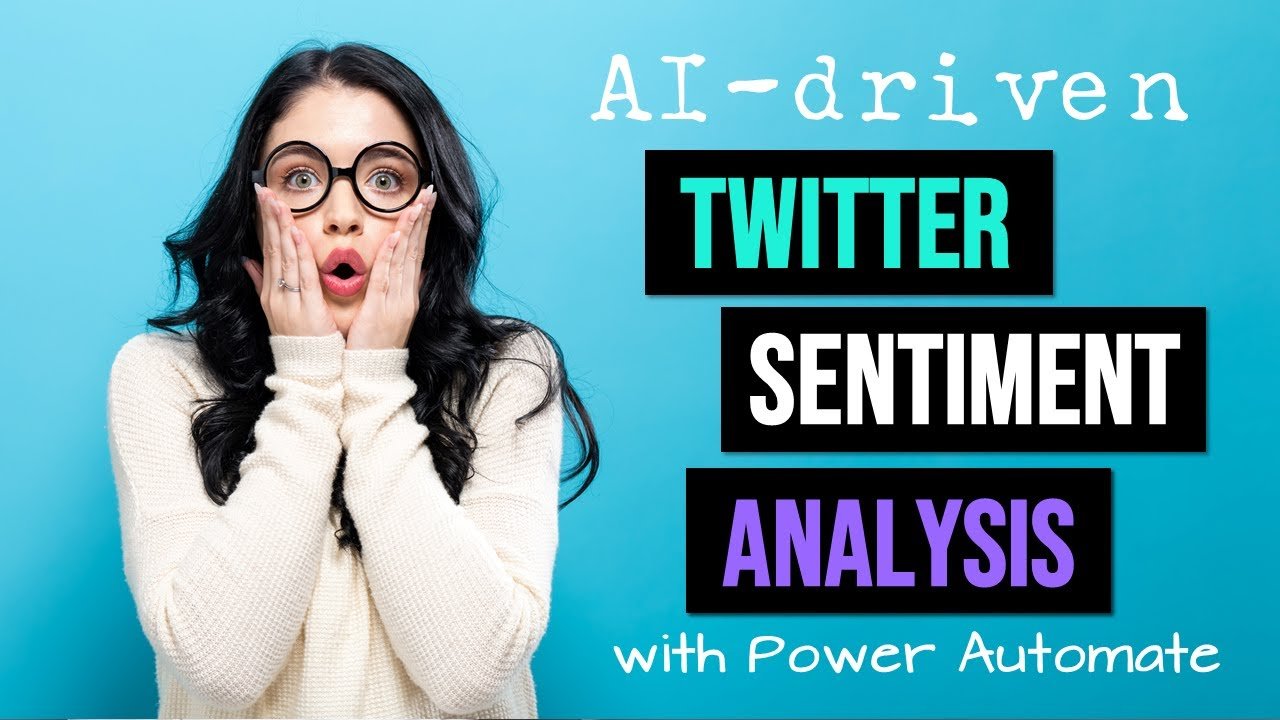
With the growing recognition of the value of sentiment analysis, organizations are keen to implement effective initiatives that capitalize on these insights.
Setting Objectives for Sentiment Analysis Initiatives
Before embarking on sentiment analysis projects, businesses must establish clear objectives that align with their strategic goals. Common objectives may include improving customer satisfaction, enhancing brand reputation, or optimizing marketing campaigns.
Understanding the desired outcomes helps organizations select appropriate tools, define metrics for success, and set timelines for implementation. Moreover, well-defined objectives facilitate ongoing evaluation of sentiment analysis effectiveness, ensuring continuous improvement.
Tools and Software Solutions Available for Organizations
A plethora of tools and software solutions exist for organizations looking to integrate sentiment analysis into their operations. Some widely-used platforms include Google Cloud Natural Language API, IBM Watson, and Hootsuite Insights. Each offers distinct features, from real-time monitoring to customizable dashboards.
Moreover, many startups are emerging in the sentiment analysis space, offering specialized tools tailored to niche markets. Businesses should evaluate their specific requirements and choose software that aligns with their technical capabilities and budget constraints.
Integrating Sentiment Analysis with Marketing Strategies
Sentiment analysis should not stand alone; it must be woven into broader marketing strategies to maximize its impact. By combining sentiment insights with market research, customer segmentation, and competitive analysis, organizations can craft comprehensive marketing plans.
For instance, insights gathered through sentiment analysis can inform content creation, targeting messaging to resonate with consumer emotions. Similarly, businesses can utilize sentiment data to shape customer engagement initiatives, ensuring they address consumer concerns and reinforce positive associations.
In doing so, sentiment analysis transcends mere data collection – it becomes an integral component of a holistic marketing strategy, driving business success.
Challenges and Limitations of AI Sentiment Analysis
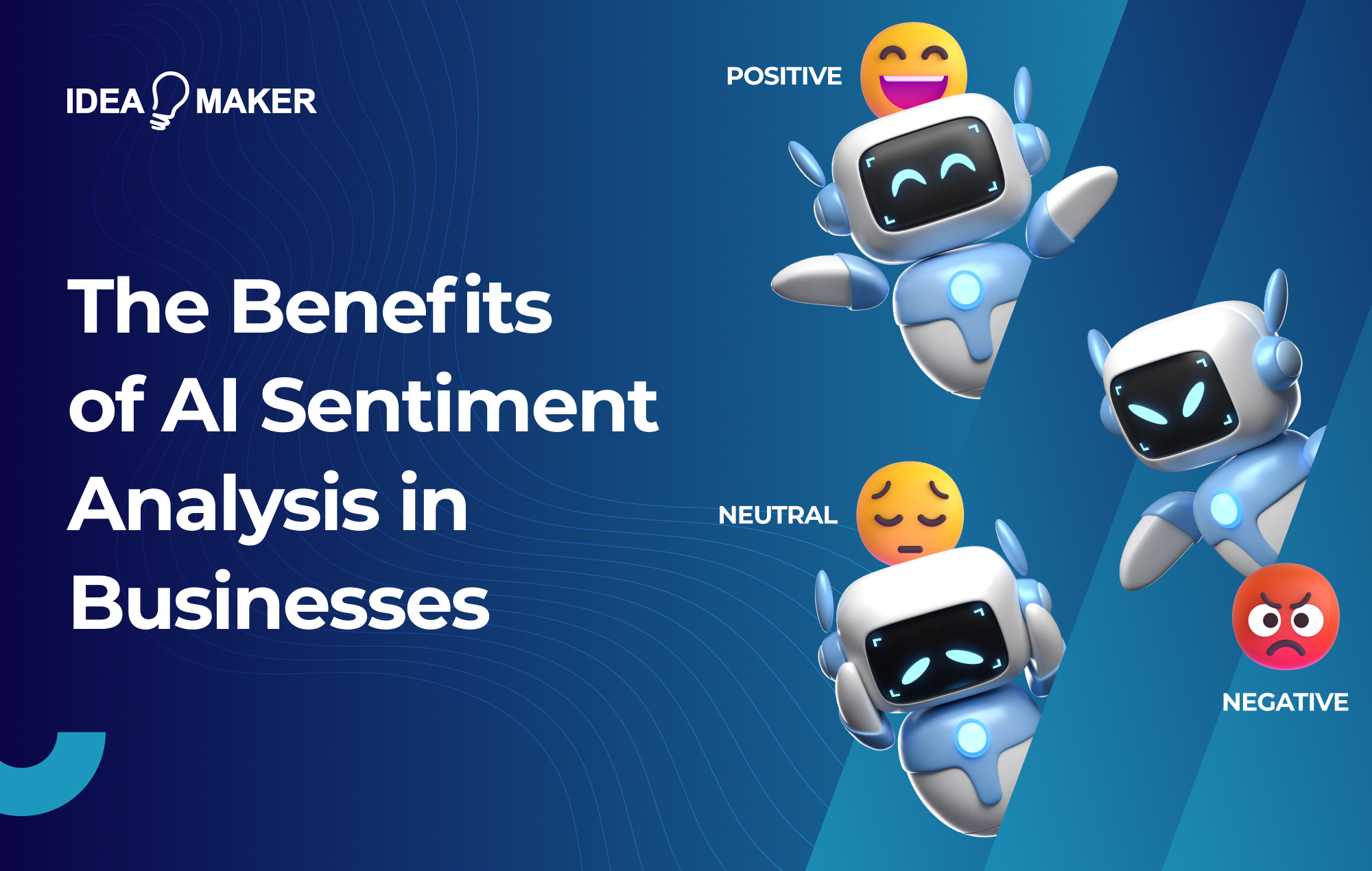
While AI sentiment analysis presents numerous advantages, it is not without challenges.
Detecting Sarcasm and Irony in Text
One of the most significant hurdles in sentiment analysis is the ability to accurately detect sarcasm and irony in text. Human language is rife with subtleties, and users often express sentiments indirectly, presenting a challenge for AI models that rely heavily on literal interpretations.
High-profile instances of misinterpretations demonstrate the pitfalls of overlooking contextual cues. To combat this challenge, researchers are exploring advanced techniques such as sentiment-aware embeddings and syntactic parsing. By incorporating a comprehensive understanding of linguistic nuances, future models may become more adept at grasping the underlying sentiments behind sarcastic remarks.
Managing Multilingual Sentiment Analysis
A globalized marketplace means businesses must engage with customers across diverse languages and cultures. This adds another layer of complexity to sentiment analysis, as linguistic differences can significantly affect sentiment interpretation.
Developing multilingual sentiment analysis models requires extensive training data in multiple languages, alongside adaptation to regional dialects and cultural nuances. Companies must invest in resources that account for these variations to ensure accurate sentiment classification across demographics.
Data Privacy and Ethical Considerations
As organizations collect and analyze vast amounts of customer data, ethical considerations surrounding privacy and consent must come to the forefront. Striking a balance between valuable insights and maintaining customer trust is paramount.
Staying compliant with regulations such as GDPR ensures organizations uphold ethical standards in their data handling practices. Transparency around data usage will foster trust, encouraging consumers to engage openly in conversations that feed sentiment analysis efforts.
Future Trends in AI Sentiment Analysis for Social Media
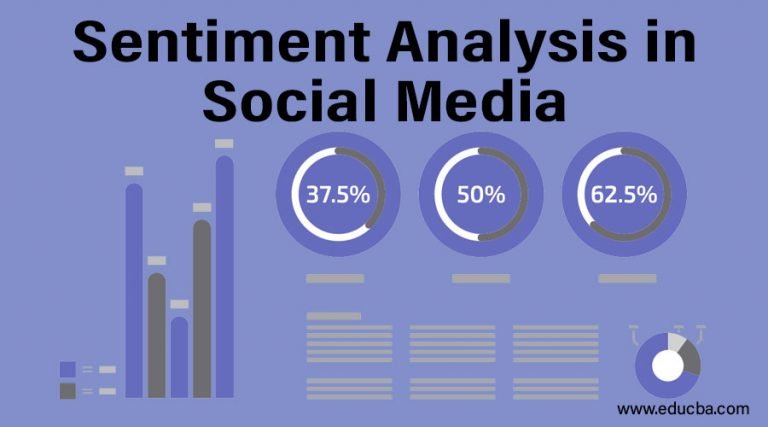
As technology continues to evolve, so too will the methodologies and applications associated with AI sentiment analysis.
Evolving Techniques and Technologies
The field of sentiment analysis is witnessing rapid advancements, driven by the potential of AI and ML innovations. Upcoming developments include the integration of emotion recognition technology, which identifies not only the sentiment but also the specific emotions expressed in text.
Furthermore, the introduction of hybrid models that combine rule-based and machine learning approaches offers the potential for greater accuracy. Developing intuitive interfaces that allow non-experts to leverage sentiment analysis tools efficiently will democratize access to insights.
The Impact of Emerging Social Media Platforms
With new social media platforms constantly emerging, businesses must remain agile in their approach to sentiment analysis. As user behaviors shift, companies will need adaptable strategies that cater to evolving communication styles and preferences.
Platforms such as Clubhouse or Discord demonstrate the rise of audio-based discussions, highlighting the necessity for sentiment analysis tools that accommodate various formats, including voice notes and podcasts. This adaptability ensures businesses stay ahead of the curve in understanding consumer sentiment across diverse mediums.
Predictions for Business Adaptation and Utilization
Looking forward, it is anticipated that AI sentiment analysis will become increasingly embedded in organizational decision-making processes. Companies will likely adopt proactive measures, using sentiment analysis to anticipate trends before they manifest nationally or globally.
Moreover, the convergence of sentiment analysis with other analytics domains – such as predictive analytics or behavioral analytics – will yield powerful insights, enabling organizations to curate personalized experiences for customers. Ultimately, the maturation of sentiment analysis technology will unlock new avenues for engagement and innovation.
Conclusion
As we navigate an increasingly digital world, AI sentiment analysis for social media emerges as a critical asset for businesses aiming to connect meaningfully with their audiences. The evolution of sentiment analysis – from traditional techniques to advanced AI-driven methodologies – provides organizations with unprecedented insights into consumer opinions and emotions.
By embracing these technologies and adapting to the shifting landscape of social media, businesses can harness the power of sentiment analysis to enhance their strategies, promote responsive engagement, and ultimately drive success in an ever-competitive market. A commitment to overcoming challenges and leveraging opportunities will pave the way for a future where understanding consumer sentiment becomes seamlessly integrated into every facet of business operations.


